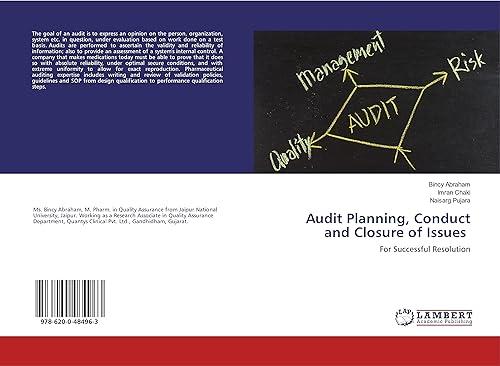Question
A friend of yours who manages the pension plan for a small New Orleans tech company has hired you as a consultant to help him
- A friend of yours who manages the pension plan for a small New Orleans tech company has hired you as a consultant to help him select the right investments to meet the pensions future obligations. Today, November 1, 2019, he acquired a liability of $20 million to pay on Nov. 1, 2024. Five-year bonds with the credit quality and liquidity that your friend is looking for are currently yielding 7.0% on a BEY basis. This means that the present value of the future liability is $14,178,376.27, assuming interest can be earned at the rate of 3.5% per semiannual period for the next five years. Conveniently, the yield curve is flat and will only move in parallel shifts. Your friend wants to fund the obligation with an investment that will assure him of having accumulated $20,000,000 by Nov. 1, 2024. It is crucial that he have at least $20 million by that date no matter what interest rates do between now and then. That is the sole objective. He is prepared to invest exactly $14,178,376.27 and is considering three different bonds:
Bond #1: a 5-year, 7% coupon bond priced at par
Bond #2: a 6-year, 7% coupon bond priced at par that he would sell early
Bond #3: a 7-year, 8.25% coupon bond priced to yield 7% that he would sell early (note that you need to calculate the face value of this bond!)
Whichever bond your friend buys, he will spend exactly $14,178,376.27 today (that is the price of each of these three bonds). Note that the face value of each bond is not constrained be a round number in fact, with bonds 1 and 2, the face value must equal the price since those bonds are priced at par. For Bond #3, you will need to calculate the face value of the bond. Which bond do you recommend that your friend purchase?
- On a spreadsheet, calculate the duration of each bond
- For each bond (on the spreadsheet), determine exactly how much money the pension fund will have after five years if interest rates (bond yields) go up to 8% immediately after he purchases the bond, or if they go down to 6% immediately after he purchases the bond. Assume that interest rates (bond yields) do not change after this initial change. If you do this correctly, your spreadsheet should be able to accommodate rate changes to values other than 8% and 6% as well. Be certain to remember that interest payments will be reinvested at current rates when received. That means that if rates drop to 6% immediately after the purchase, all coupon payments are reinvested at 6%.
- Present a recommendation of which of the three bonds that your friend should buy.
- Explain how the concept of duration allows you to pick the correct bond without doing any of these calculations.
- The correct bond will provide the pension fund with more than $20 million if interest rates change. What property of the bond causes this?
Step by Step Solution
There are 3 Steps involved in it
Step: 1

Get Instant Access to Expert-Tailored Solutions
See step-by-step solutions with expert insights and AI powered tools for academic success
Step: 2

Step: 3

Ace Your Homework with AI
Get the answers you need in no time with our AI-driven, step-by-step assistance
Get Started


